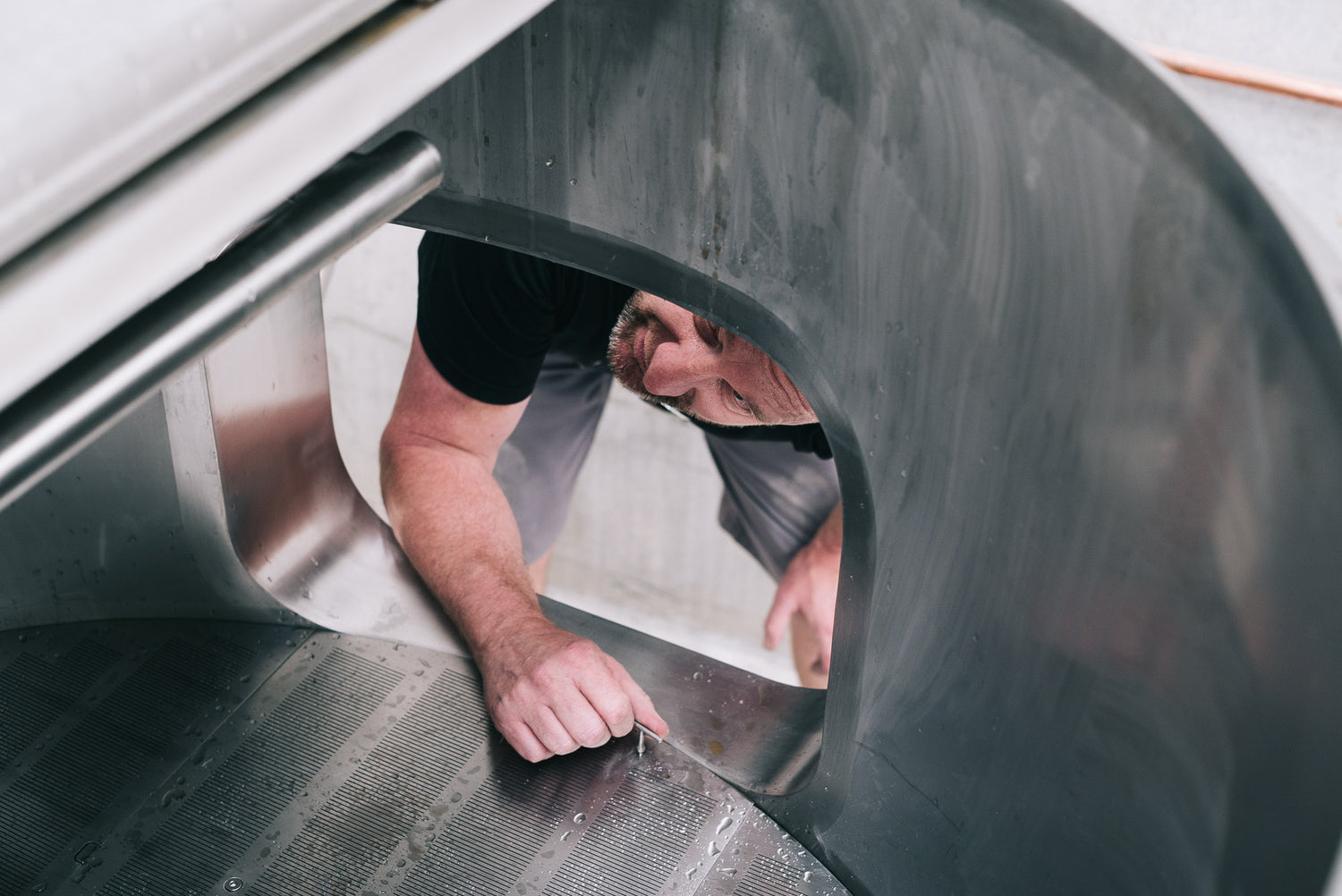We often get the question from gluten free beer fans, are rice lagers gluten free? This traditional Japanese beer style has bust onto the craft beer scene in Australia in recent years, spearheaded by some of Queensland’s best breweries. Japanese rice lagers are renowned for their light body, crisp profile and clean finish, making them the perfect easy drinking beer for a hot Aussie day. The use of rice as a brewing ingredient contributes to the beer's lightness and aids in achieving a refreshing and highly drinkable experience.
The use of rice in Japanese brewing dates back centuries. Initially, rice served a practical purpose as a cost-effective supplement to barley. The addition of rice allowed brewers to stretch their barley supply while imparting unique qualities to the beer. However, the style grew in popularity not only for its taste, but also due to a quirk of taxation regulation meaning beers brewed with less barley malts fell into a lower tax bracket, meaning a cheaper price for consumers leading to greater demand.
But, unless you are buying a lager from a dedicated gluten free brewery, your rice lager won’t be gluten free. Rice lagers are usually produced with a combination of rice and barley malts. Fortunately for gluten free lager lovers, the brewers at TWØBAYS have come up with two outstanding, easy drinking lagers brewed from alternative malts and rice, meaning they are entirely gluten free rice lagers. Both TWØBAYS Lager, and GFB Draught are made with the addition of rice. Unfortunately we are not in Japan so there’s no tax break we can pass on, but we can give you the clean, crisp, light and refreshing experience of a gluten free rice lager.
To read more about the difference between our two core range gluten free lagers, head to blog page which compares the two beer styles: www.twobays.beer/blogs/news/new-gfb-vs-twobays-mixed-slab-whats-the-difference-between-2-lagers

More on the history of Japanese Rice Lagers
The Introduction of Lager Yeast: In the late 19th century, the advent of refrigeration and the importation of lager yeast transformed the Japanese brewing landscape. Lager yeast, which ferments at lower temperatures, facilitated the creation of a distinct beer style known as lagers. Brewers in Japan began experimenting with the new yeast and embraced the opportunity to develop a beer that showcased the country's own agricultural resources, including rice.
The Influence of Sake Brewing Techniques: The tradition of sake brewing, the iconic Japanese rice wine, also played a significant role in the development of rice lagers. Brewers drew inspiration from the meticulous rice preparation and fermentation techniques used in sake production. By adapting these techniques to beer brewing, they achieved a delicate balance and enhanced the crisp, clean characteristics for which Japanese rice lagers are known.
The success and reputation of Japanese rice lagers have inspired brewers worldwide to experiment with rice as a brewing ingredient. Craft breweries in various countries now incorporate rice into their recipes, aiming to recreate the lightness, crispness, and unique characteristics found in Japanese rice lagers. This global influence showcases the enduring impact of this distinctive beer style.
So, we raise our glasses to these light and refreshing brews, a true delight for beer enthusiasts seeking a refined and refreshing experience. Kanpai!






